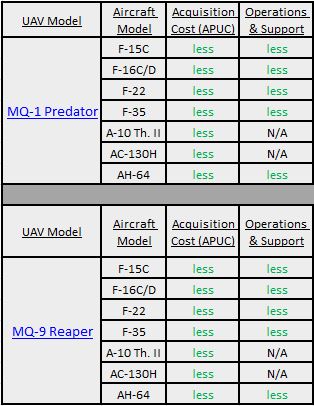Physics of take off and landing
|
The physics of flight (check this page) are essential to finding out the type of situation and set up you have to prepare in order to take off or land your UAV. Mass is absolutely still one of the most important factors in calculating these secondary measurements.
The landing and take off of an object from flight has everything to do with acceleration. The length of a runway or lift point has to do with how long it will take in the current conditions for an objects thrust force to raise to a certain point and acheive flight; and the runway/lift point must be long enough to provide a reliable surface for the UAV to decelerate to a stopping position. An object stays in motion due to momentum - which is a value related to the mass and velocity of an object. When an object is in flight and getting ready to land, the object must start working at declining the value of moment by lowering its velocity. This is done through deceleration. Once an object has a low enough velocity, it may touch ground and start to land - all while taking appropriate measures to continue decelerating until it comes to a complete stop. For lift off, the thrust and lift of an object must be greater than the weight and draw of it. This may be achieved by increasing the velocity of an object. With that in mind, the acceleration of an object must be at a high enough rate so that the object will reach the necessary velocity before the end of the runway. Most unmanned aircraft and UAVs are unique in their lack of mass. Since UAVs are typically much smaller and weigh much less than their manned counterparts, it takes considerably less energy to create the forces needed for lift off and landing. Some UAVs, like the Predator (picture top right) are still on the larger scale - needing a n ample runway length to gain enough velocity, momentum, and counter forces to fly - yet they still are much more cost efficient than having a manned aircraft do the same job. The chart on the right shows how the costs of the UAVs compared to their aircraft model counterparts. As you can see from these examples, the cost of resources and energy is less with UAVs than with regularly manned aircraft. |
Comparative Values of Select UAV Models versus Conventional Aircraft
Picture reference from top to bottom:
http://defense-update.com/products/p/predator.htm http://americansecurityproject.org/blog/2012/the-us-and-its-uavs-the-financial-cost-versus-strategic-value-of-drones/ |

